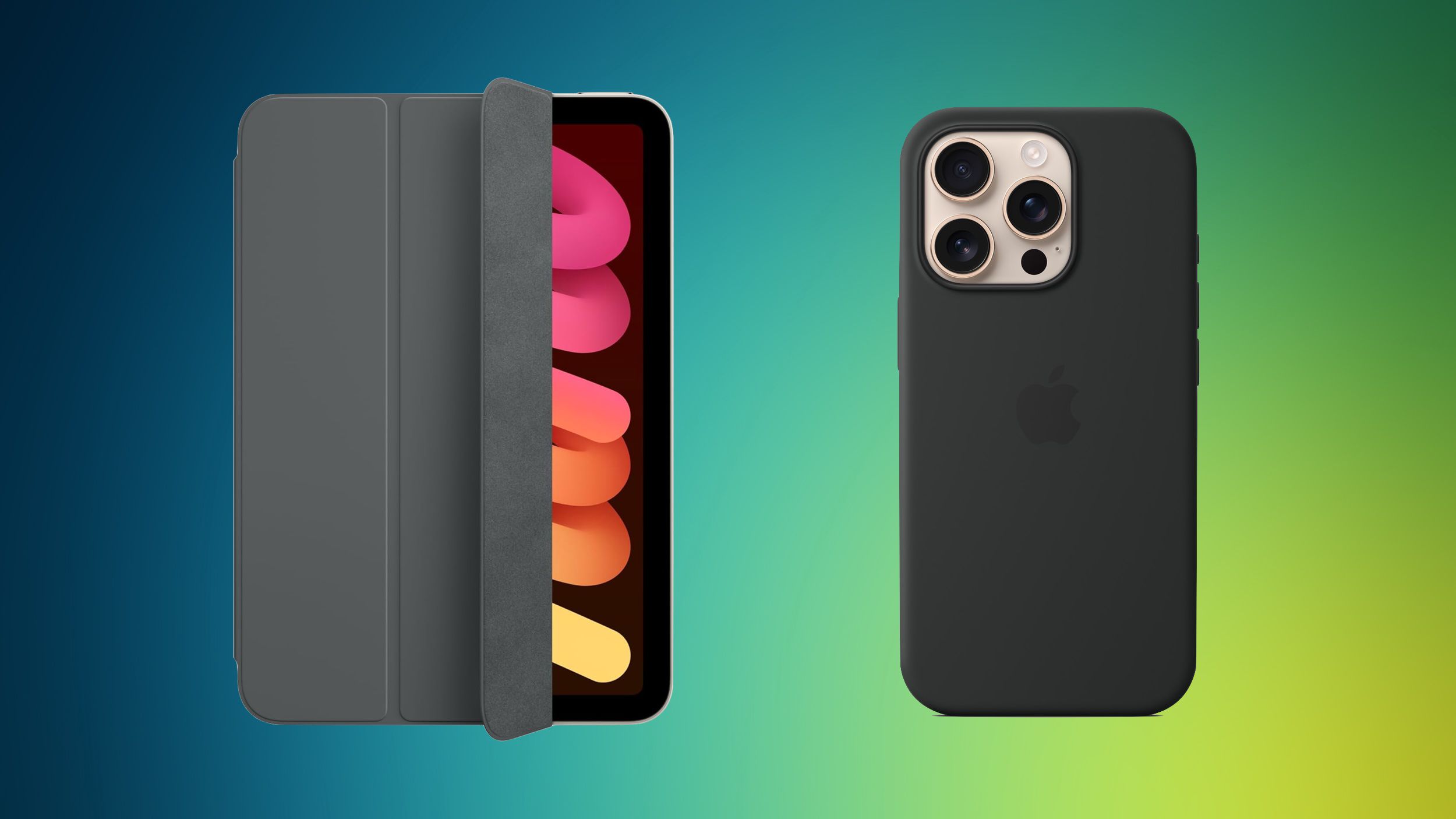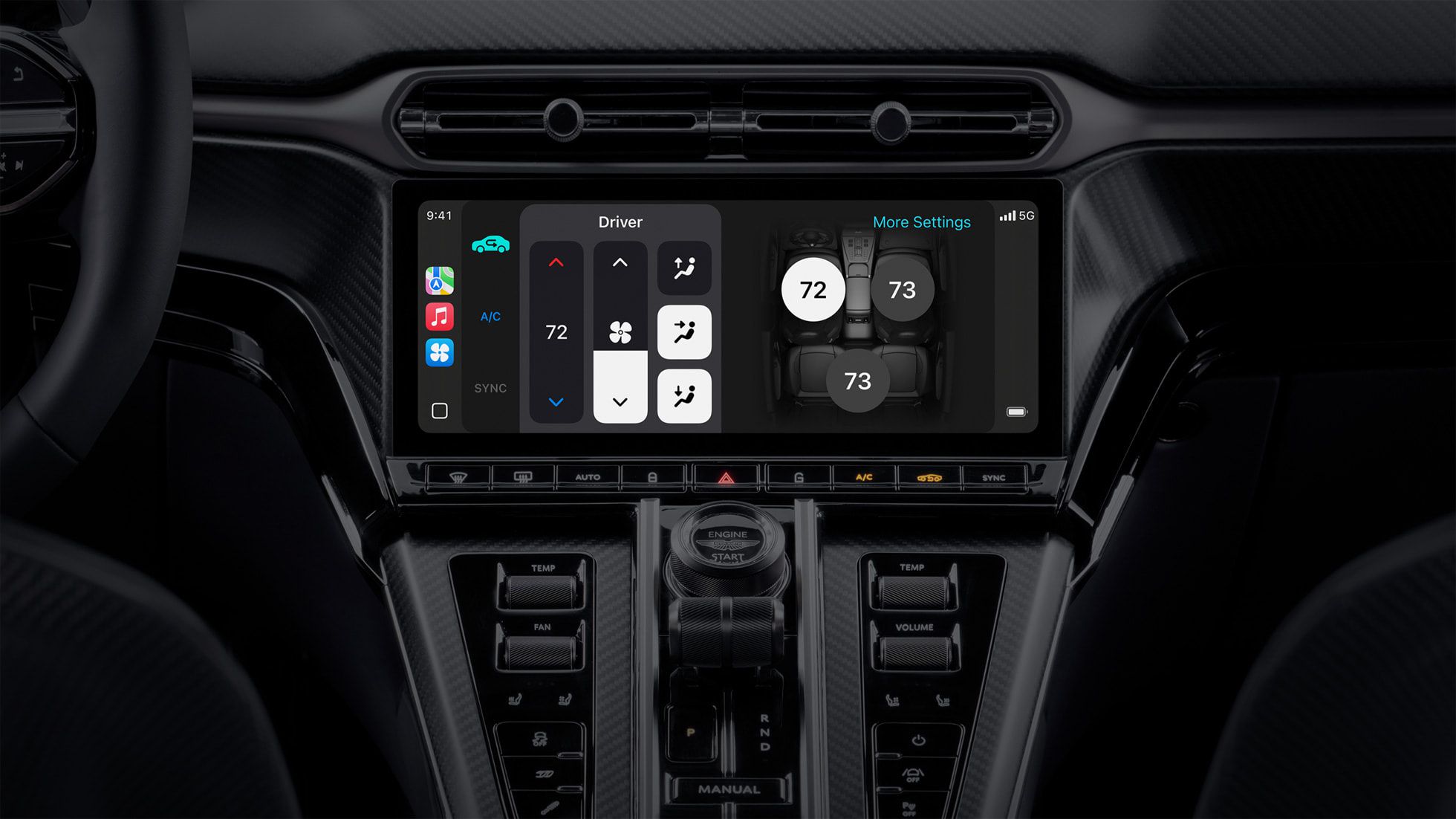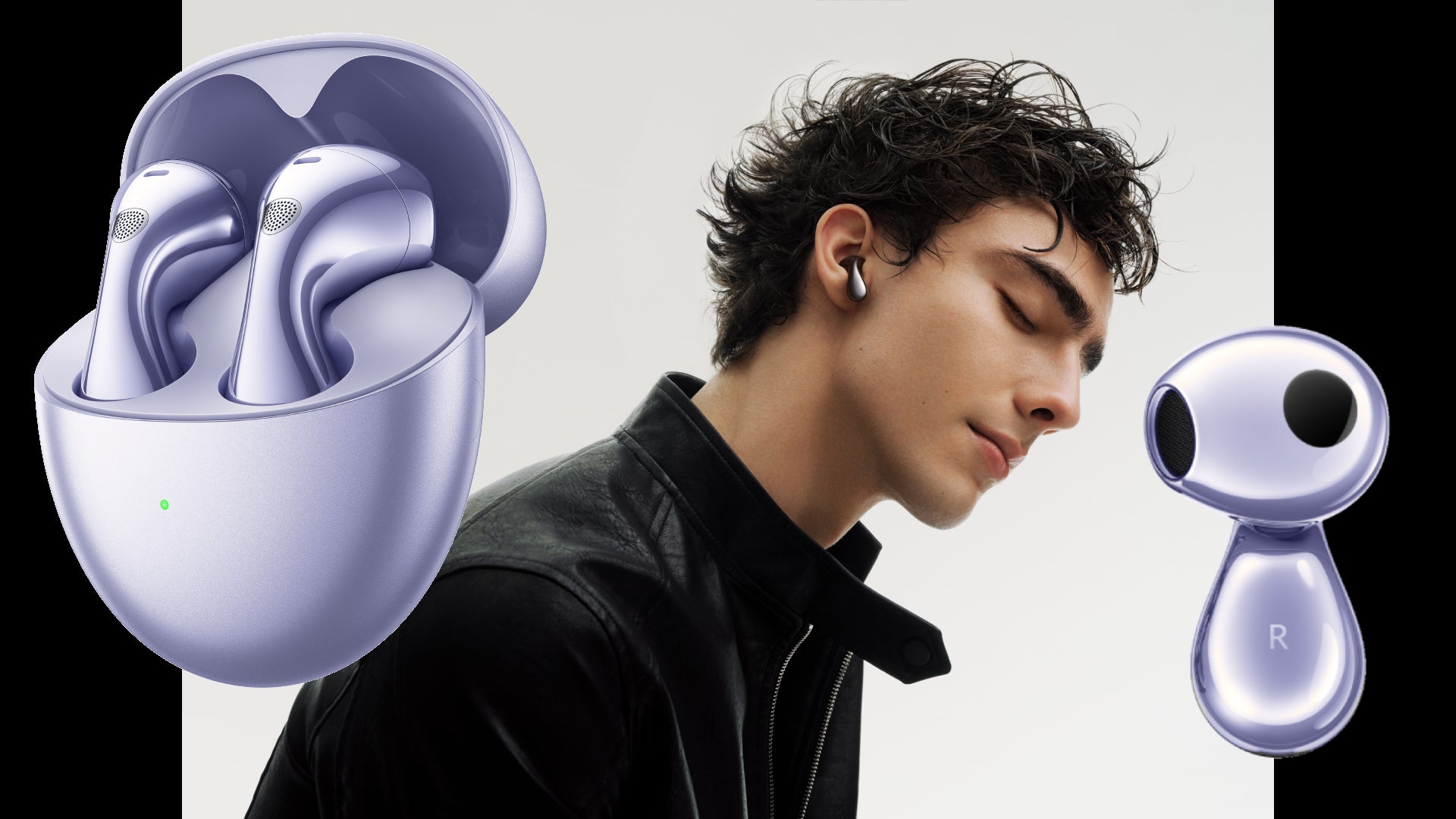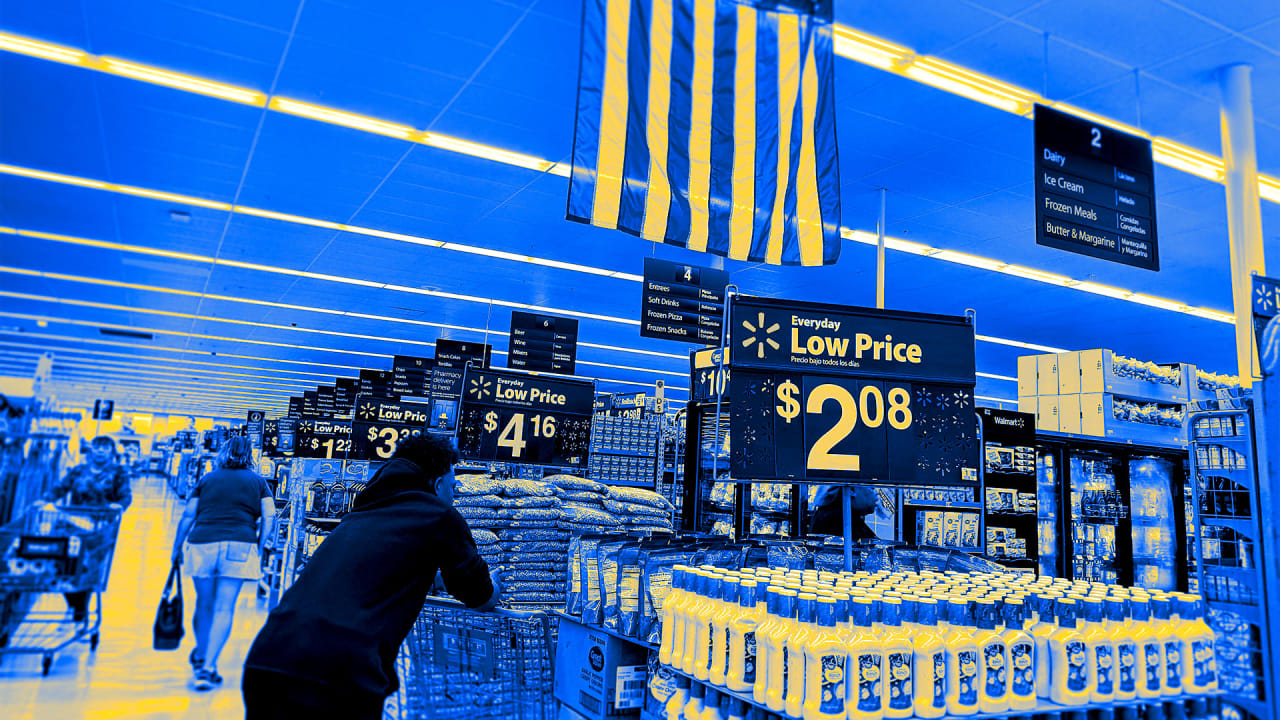What’s next for brands in the age of AI-driven hyper-personalisation?
Hyper-personalisation is no longer about simply adding a customer’s name to an email or recommending products based on past purchases. It has evolved into a sophisticated strategy that anticipates needs before they are even expressed, delivering dynamic, real-time content that feels uniquely tailored to each individual. AI-driven content orchestration is at the heart of this […] The post What’s next for brands in the age of AI-driven hyper-personalisation? appeared first on EU-Startups.

Hyper-personalisation is no longer about simply adding a customer’s name to an email or recommending products based on past purchases. It has evolved into a sophisticated strategy that anticipates needs before they are even expressed, delivering dynamic, real-time content that feels uniquely tailored to each individual.
AI-driven content orchestration is at the heart of this transformation. Imagine a fashion retailer that automatically generates editorial content aligned with a user’s interests—if they frequently browse sustainable fashion, they will see curated articles, product suggestions, and personalised newsletter content that reinforce their preferences. This level of automation makes every interaction feel intentional rather than generic, ensuring that customers feel understood, not just targeted.
The role of content governance
But how do brands ensure they deliver this level of hyper-personalised experience without losing control of their messaging or brand consistency? The answer lies in content governance. Managing and controlling how content is created, delivered, and distributed across various platforms is crucial, especially as AI automates more aspects of content production.
With the increasing complexity of customer data and the variety of channels involved, content governance helps brands maintain a consistent voice while still delivering highly personalised content. AI-powered content workflows allow companies to adapt messaging to different audiences without compromising quality or coherence. This ensures that global campaigns stay aligned, even when tailored to local preferences.
As AI continues to evolve, content governance will become even more critical. The ability to integrate real-time insights with automated content creation will help brands refine their strategy continuously, ensuring that personalised experiences remain meaningful and effective.
Real-world applications of hyper-personalisation
There are plenty of platforms where brands can create AI-driven content workflows that adapt to different audiences while preserving brand identity. AI transforms content strategies by providing the right input, data, and assets for hyper-personalisation, ensuring content is both automated and strategically refined.
For example, AI generates tailored product descriptions—technical for experts, simplified for casual shoppers, or culturally adapted for fashion audiences. It enhances localisation by refining translations, adapting marketing copy, and optimising SEO for different markets. AI-driven editorial planning analyses trends and engagement data to suggest high-performing topics, while personalised recommendations in B2B and B2C ensure every interaction is relevant and timely.
With AI-powered orchestration, brands can refine strategies in real-time, maintaining consistency and maximising impact across all touchpoints.
The future of hyper-personalisation
Looking ahead, the potential of hyper-personalisation is only set to expand. In the near future, brands won’t just respond to customer actions—they will actively influence the customer journey, offering deeply personalised experiences tailored to each individual. Instead of static marketing strategies, content will continuously evolve based on user behaviour, preferences, and real-time interactions.
The age of hyper-personalisation is here, and those who embrace it with smart, scalable strategies won’t just keep up—they will set the standard for the future.
The post What’s next for brands in the age of AI-driven hyper-personalisation? appeared first on EU-Startups.
















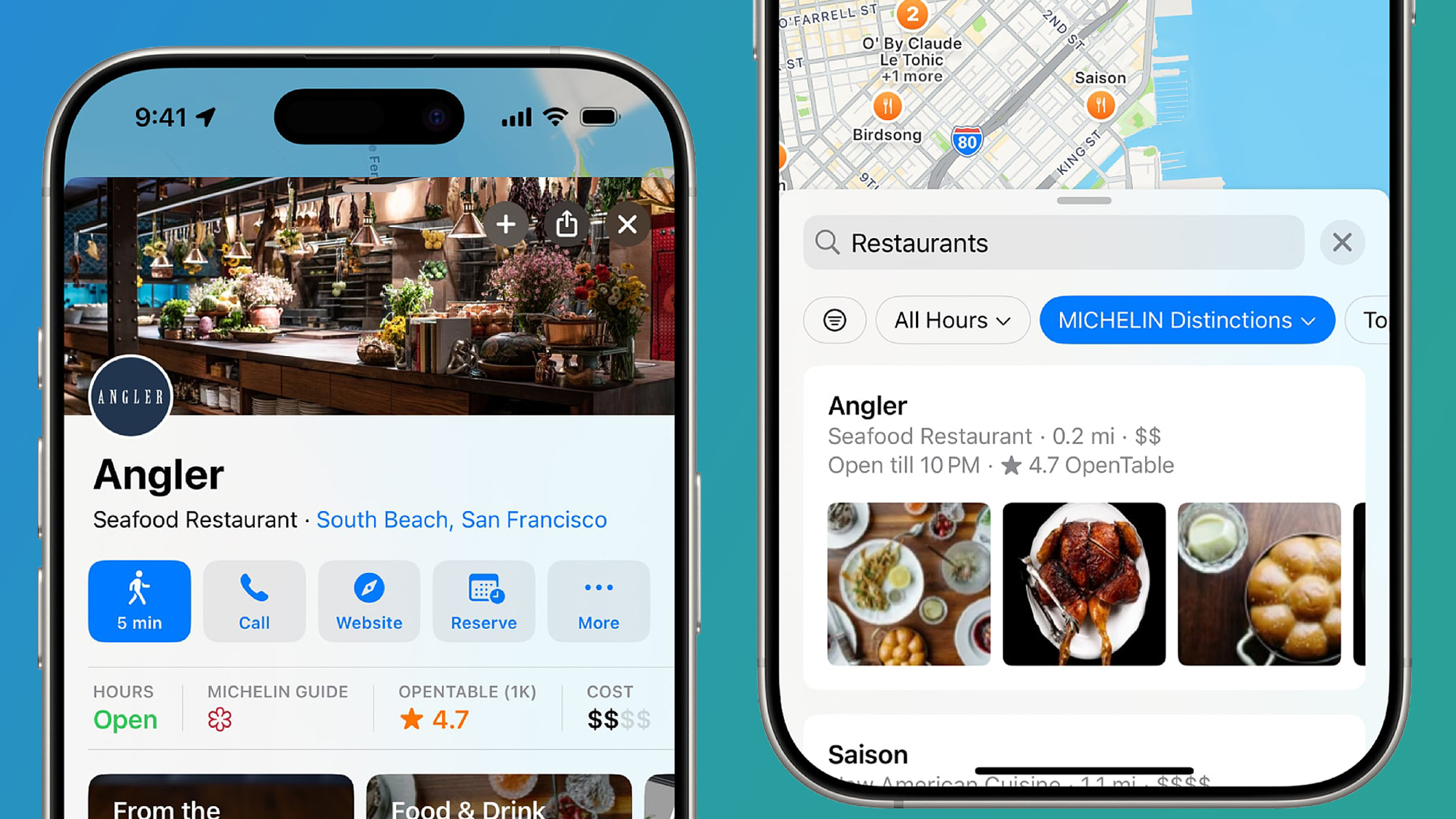

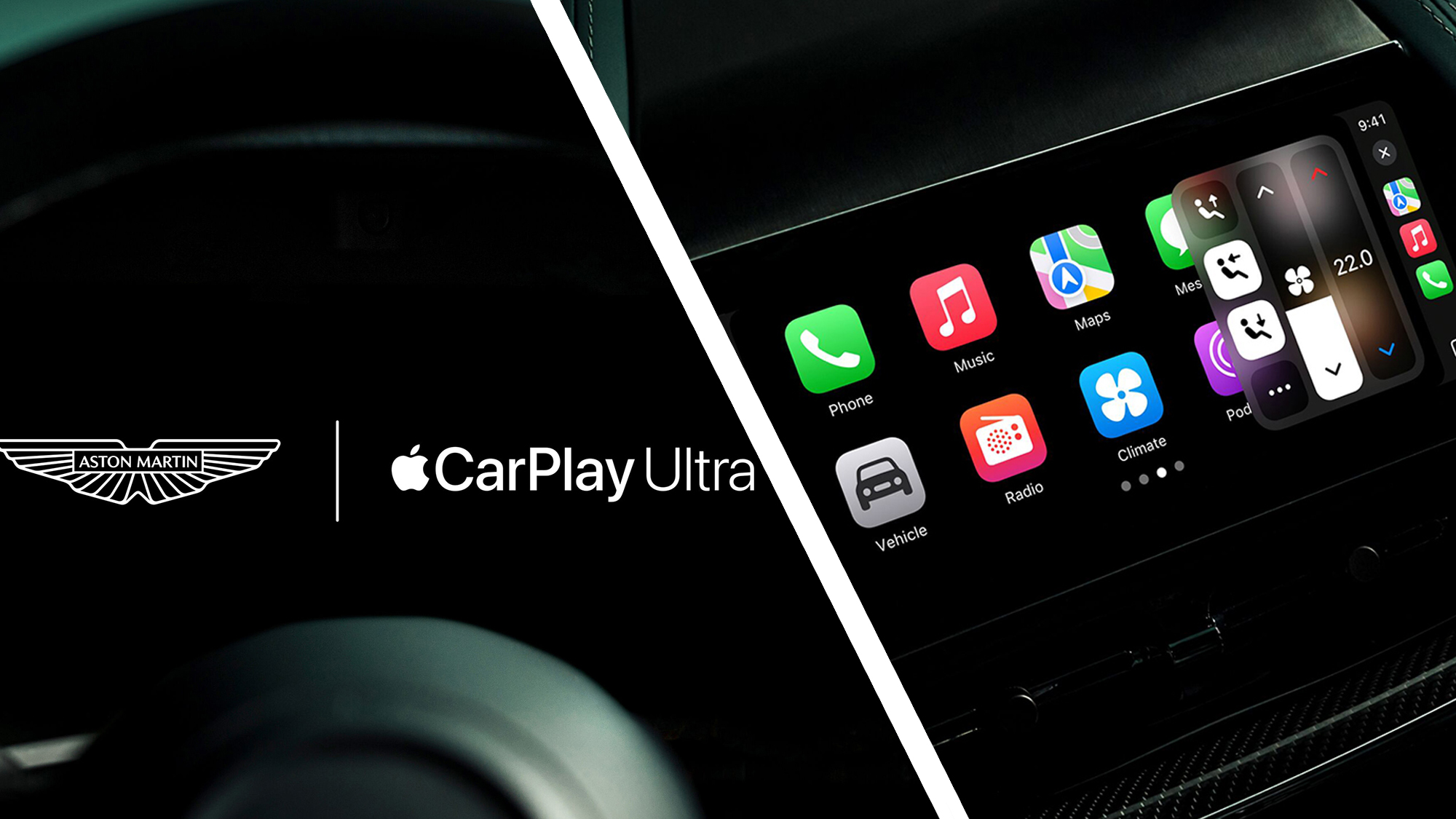





















































































































































![[The AI Show Episode 147]: OpenAI Abandons For-Profit Plan, AI College Cheating Epidemic, Apple Says AI Will Replace Search Engines & HubSpot’s AI-First Scorecard](https://www.marketingaiinstitute.com/hubfs/ep%20147%20cover.png)

























![How to Enable Remote Access on Windows 10 [Allow RDP]](https://bigdataanalyticsnews.com/wp-content/uploads/2025/05/remote-access-windows.jpg)
































































































![[DEALS] The 2025 Ultimate GenAI Masterclass Bundle (87% off) & Other Deals Up To 98% Off – Offers End Soon!](https://www.javacodegeeks.com/wp-content/uploads/2012/12/jcg-logo.jpg)









































































![Legends Reborn tier list of best heroes for each class [May 2025]](https://media.pocketgamer.com/artwork/na-33360-1656320479/pg-magnum-quest-fi-1.jpeg?#)































































-Olekcii_Mach_Alamy.jpg?width=1280&auto=webp&quality=80&disable=upscale#)

_Brian_Jackson_Alamy.jpg?width=1280&auto=webp&quality=80&disable=upscale#)































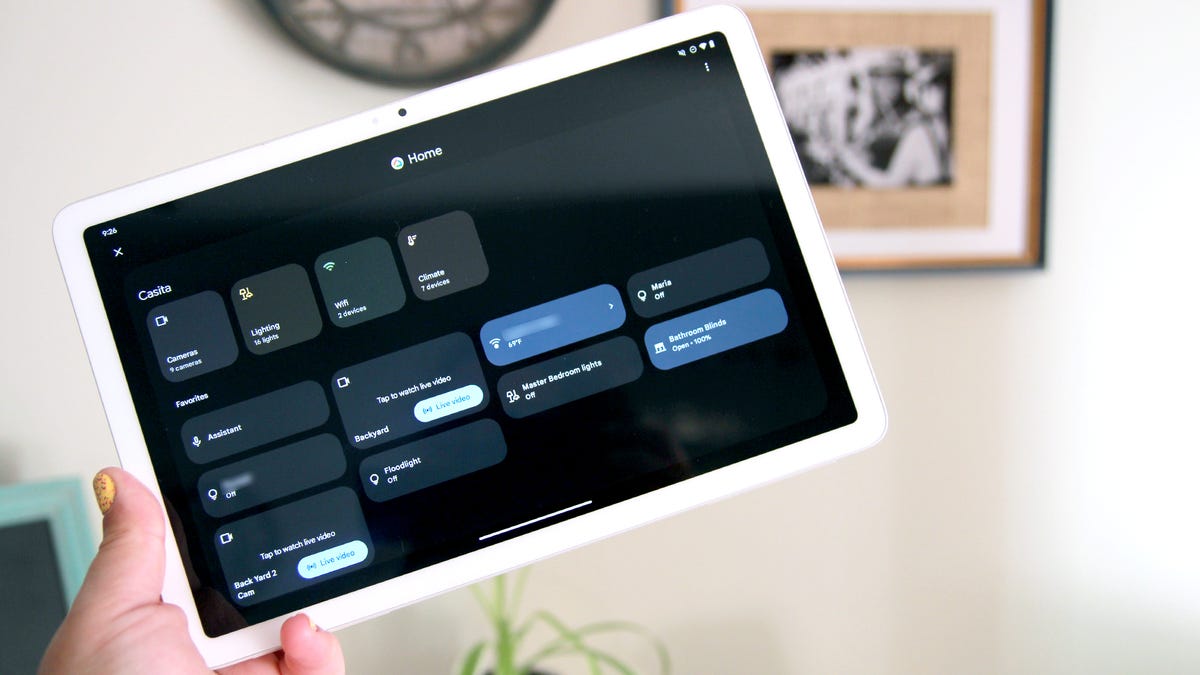









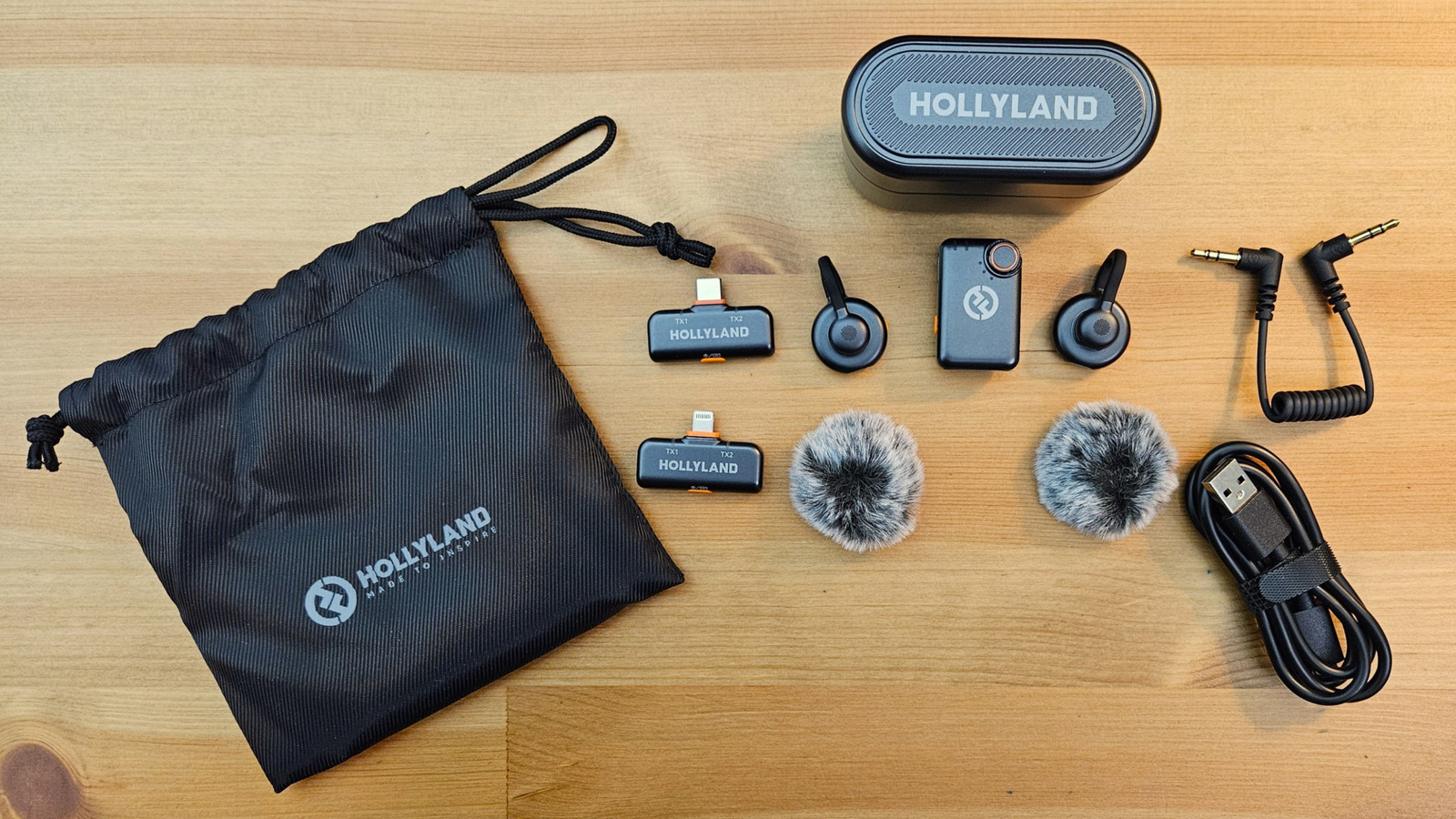














































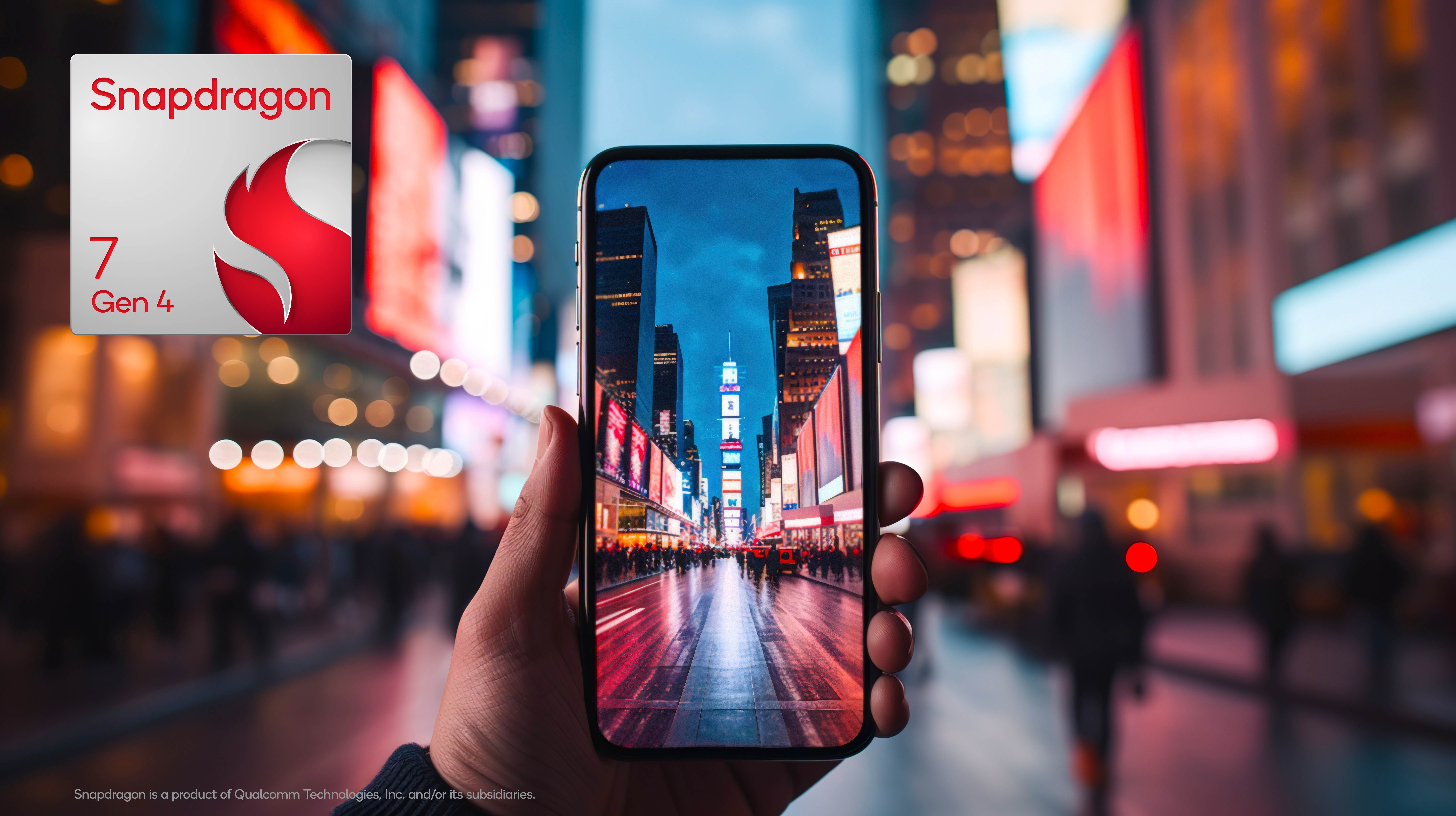





![Top Gear gives us a detailed look at Apple CarPlay Ultra [Video]](https://i0.wp.com/9to5mac.com/wp-content/uploads/sites/6/2025/05/Top-Gear-gives-us-a-first-look-at-Apple-CarPlay-Ultra-Video.jpg?resize=1200%2C628&quality=82&strip=all&ssl=1)


![YouTube will use Gemini to insert ads around the parts of a video you care about most [Video]](https://i0.wp.com/9to5google.com/wp-content/uploads/sites/4/2025/05/gemini-youtube-ads-1.png?resize=1200%2C628&quality=82&strip=all&ssl=1)
















![Trump Tells Cook to Stop Building iPhones in India and Build in the U.S. Instead [Video]](https://www.iclarified.com/images/news/97329/97329/97329-640.jpg)













































